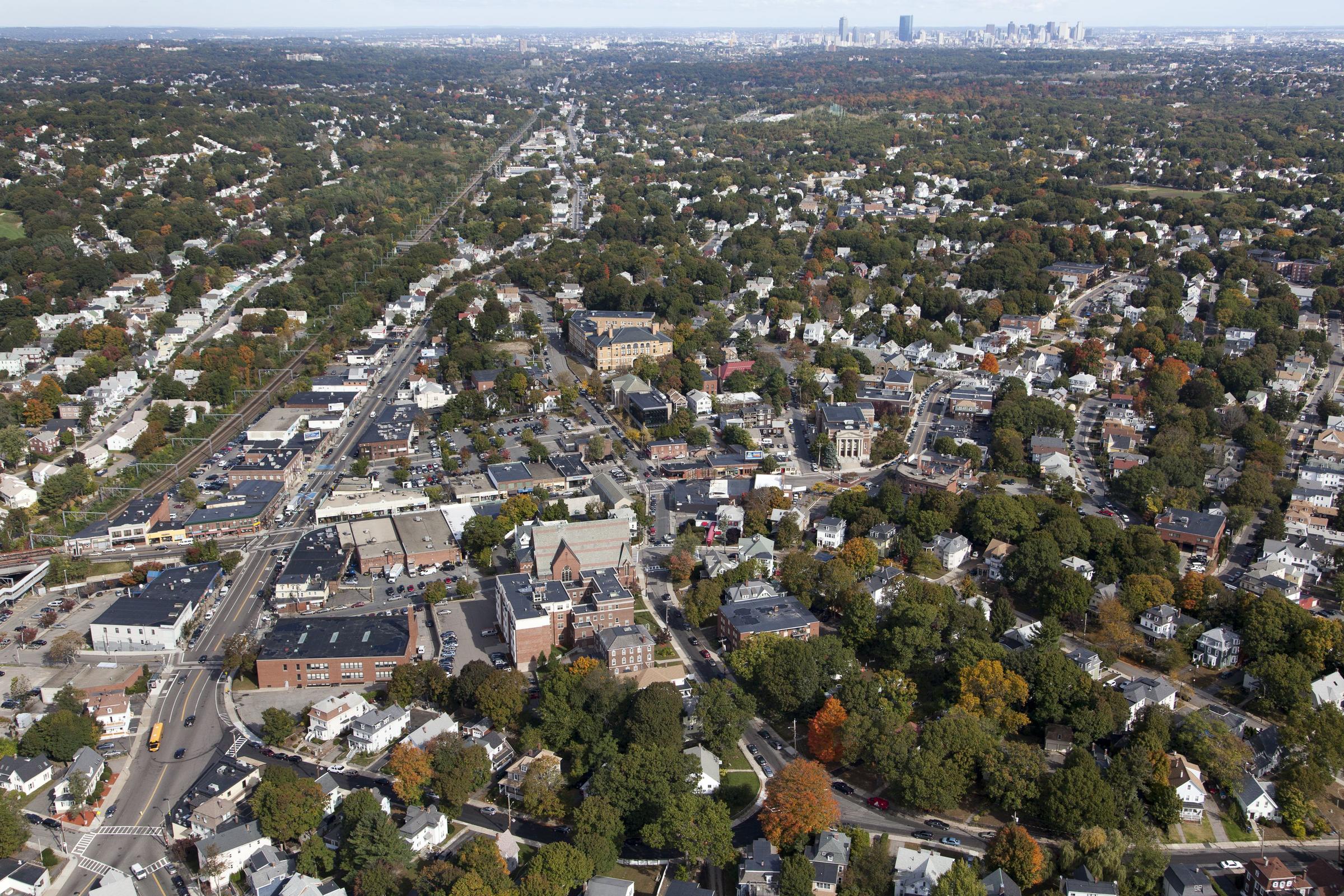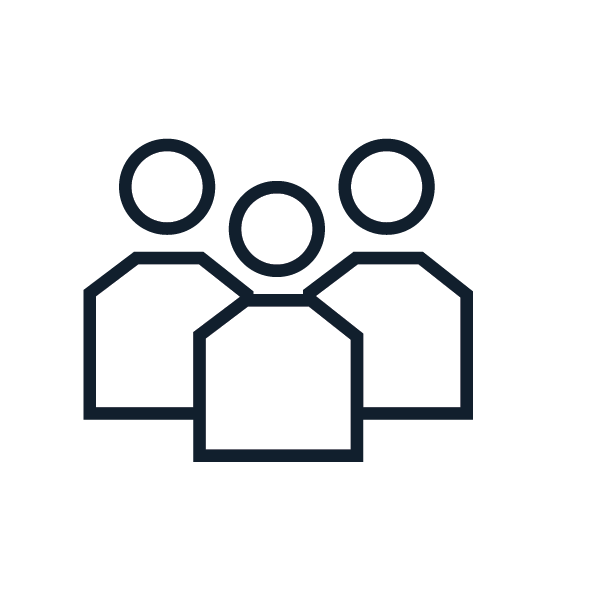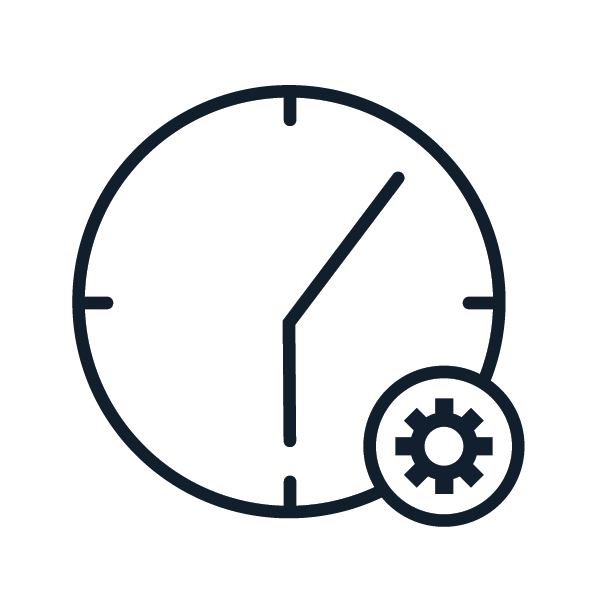Hyde Park Avenue Multimodal Corridor
Hyde Park Avenue serves as one of the largest corridors in the Hyde Park neighborhood.
Project Phase





Project Information
Hyde Park Avenue serves as one of the largest corridors in the Hyde Park neighborhood. The corridor connects residents to critical transit hubs and allows for greater mobility.
Enhancing the speed and reliability of this corridor is vital to:
- the City's overall transit connectivity goals
- improving capacity in advance of future development
As a neighborhood that has been historically overlooked from a transit perspective, we want to ensure that the corridor infrastructure can accommodate changing demands by those who live, work, play, and travel along Hyde Park Avenue.
We initially began outreach for this project in 2019 and reached 30% design. The project was then delayed due to the pandemic, and these designs put on hold. Starting in October 2023, the Transportation Department is conducting the Southwest Boston Transit Action Plan (SWBTAP) in Roslindale, Hyde Park, and West Roxbury, which will include the HPA Multimodal Corridor Project.
Project Mission
While the population in Greater Boston increases, so does congestion and travel times for commuters. Hyde Park Avenue serves as a transit backbone for the entire Hyde Park neighborhood. More than 30,000 people live in Hyde Park. Many of them rely on Hyde Park Avenue to connect to other transit hubs.
Despite the large number of bus riders, car ownership in Hyde Park is much higher than the City average. Traveling along the corridor has gotten more and more hectic for all modes. Unless we institute improvements along Hyde Park Avenue, this trend will only continue.
Hyde Park Avenue by the Numbers
5 ROUTES SERVED
Routes 32, 14, 30, 33, 50 all travel along Hyde Park Avenue at some point.
High Volume
Over 200 buses a day travel the entire length of the corridor.
High ridership route
The Route 32 bus along Hyde Park Avenue is among the top ten MBTA bus routes serving the most riders each day.
Forest Hills to Wolcott Square is 4.5 miles and takes roughly 35 minutes on the 32 bus.
30 minute delaysDelays can range from 15 to up to 30 minutes going one way.
30 hours a monthRiders on the 32 bus, riding the entire length of the corridor every day, can spend an additional 30 hours a month in delays. This translates to nearly 1,000,000 collective hours of delay per year.
Project Timeline
2019:
Outreach to community groups and public meetings led to a preliminary design of Hyde Park Avenue. This design included bus priority elements and bike lanes along the corridor.
Spring 2022:
The Transportation Department began initial outreach to community stakeholders. We are using the 2019 design as a starting point as we return to the community to hear their wants and needs as the corridor evolves.
Summer 2022:
We will continue meeting with community groups in Hyde Park to advance the design.
2023:
Starting in October 2023, the Transportation Department conducted the Southwest Boston Transit Action Plan (SWBTAP) in Roslindale, Hyde Park, and West Roxbury, which will include the HPA Multimodal Corridor Project.
2024:
The team has been coordinating with other City and BPDA projects, including attending Squares and Streets events. Some recent milestones:
- We conducted additional bus rider surveys beginning in April.
- Office hours were held online and in person, starting in May.
- Open houses took place in late June.
2025:
We are continuing targeted outreach with the goal of presenting concepts in Fall 2025.
Project Scope
Upcoming Events
EventsThere are no related events available at this time!
Public Meeting Materials
Public MaterialsCheck back here over the summer for updated project materials!
Related Projects
The City implemented peak travel period bus lanes on Washington St in 2018. These lanes have resulted in significant amounts...
The City's master transportation planning document.
The MBTA is working to improve accessibility, safety, and comfort for riders at Forest Hills Station.
The MBTA is reimagining their bus network to better serve current and future bus riders.
The City is conducting a transit-focused analysis and action plan for Hyde Park, West Roxbury, and Roslindale to improve...
We’re moving faster than ever before to make our City streets safer by using speed humps, signal changes, street design tools...
Squares + Streets is a new planning and zoning initiative that will focus on housing, public space, small businesses, arts...





